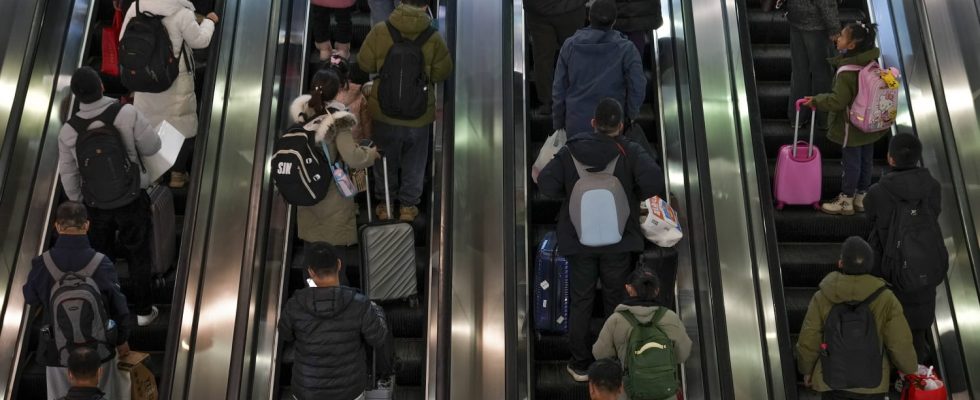Navigating escalators can be complicated. While climbing the stairs may seem like the quickest, it would not be the preferred technique. Here’s how to do it.
The code of conduct on escalators invites you to stand on the right if you want to be taken to your destination, whereas if you go up the steps, you must go to the left. However, this system often causes congestion in the escalators. Between the people who pass from all sides, those who do not advance but stay in the middle or those who stop just at the finish, the movement quickly creates disorder. How should we really organize traffic on the escalators to make it more fluid?
A study was carried out on the London Underground by the Transport for London association to find a solution to reduce congestion on the escalators at the exit of trains. The newspaper The Guardian explains that at Holborn station, users had to test a new process by not walking on the escalators. They had to stand still and hold on to the railings on both sides. They were asked to place themselves two per step, as if in a row.

This test paid off. Normally, the Holborn escalator carried 115 passengers per minute during rush hour, but with this new technique, 36 additional people were able to ride per minute. This therefore made it possible to streamline traffic and save time for a large proportion of users.
This method, however, has its limits: in the event of heavy traffic, it creates a queue at the bottom of the device. However, standing on the right and left would reduce the wait by 30% for long escalators, where no one has the courage to climb anyway. The experiment was, in fact, carried out on a 23 meter long escalator.
“The most effective way to get as many people out as quickly as possible is for them to stand on both sides of the ramp,” confirmed Professor Ed Galea of Greenwich University at the BBC. Otherwise, “everyone would have to walk”. Finally, on escalators, the less you move, the more you move forward. Slowing down those in a hurry would make all travelers a winner.
So we know the technique to make everyone go faster on the escalators, but is it really applicable? Even if everyone is wrong, getting people to change their transportation habits is almost mission impossible. Imagine if Parisians were asked to remain still in the escalators… The RATP and the SNCF have never carried out such experiments. They prefer to encourage users to take the stairs more often, in particular thanks to bright colors and encouraging messages.
